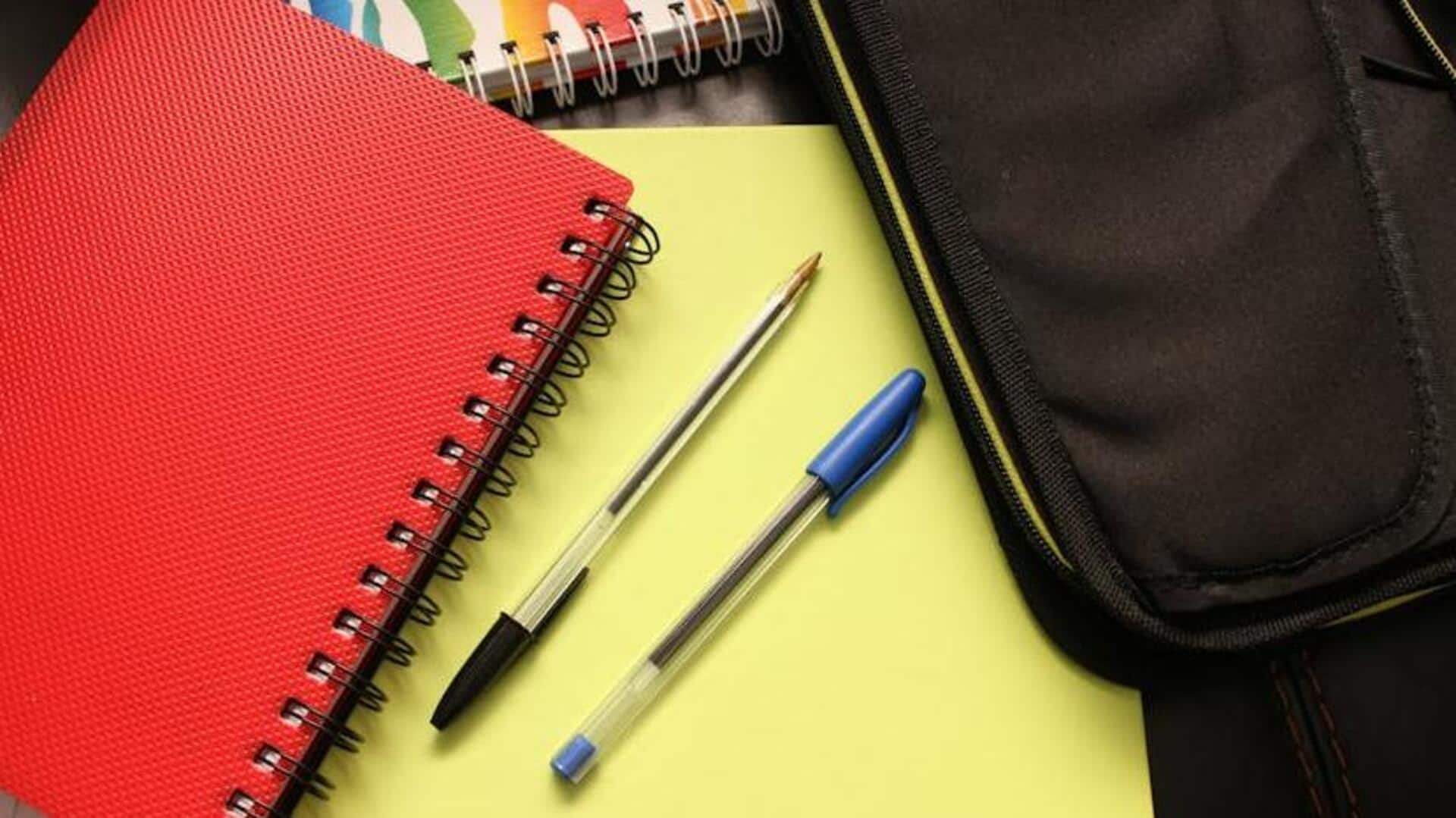
How to set daily routine charts for kids: A guide
What's the story
Making a daily routine chart for kids is a great way to help them learn about structure, responsibility, and time management. These charts provide a clear picture of what is expected of them throughout the day, making it easier for them to follow a consistent schedule. By visually laying out tasks and activities, routine charts can make daily expectations clear and manageable for children of all ages.
Visuals
The power of visual cues
Visual cues are key to helping kids follow daily routines. A fun, colorful chart with pictures or icons engages them, turning routines into a game. For non-readers, images serve as reminders for tasks like brushing teeth. Even older kids thrive with visual cues accompanied by text, promoting responsibility and independence.
Personalization
Customization is key
Making a routine chart fun and personalized engages kids and gives them a sense of ownership over their tasks. Let them choose colors, stickers, or themes. This participation encourages them to use the chart regularly. Customizing the chart to suit their age and capabilities ensures tasks are manageable yet stimulating, fostering engagement.
Incentives
Rewarding progress
Adding rewards to chore charts increases motivation. Stars or stickers are earned for completing tasks, which can be exchanged for rewards or privileges like extra playtime. This system encourages consistency, teaches goal setting, and emphasizes the importance of working towards achievements. Rewards can be non-material, fostering a sense of accomplishment and reinforcing the value of effort.
Updates
Regular updates keep interest high
To keep your child interested in following a daily routine chart, it's important to revisit and revise it regularly. As children grow and as seasons change, so do their routines—what worked during summer vacation might not fit the school year. Regularly updating the chart with your child ensures that it stays relevant to their current needs and interests, while reinforcing its importance in managing their daily life.
Discussion
Communication enhances understanding
Talking about the routine chart is key to its success. This is your chance to emphasize the significance of tasks and how they help the family or their own development. By tackling any concerns head-on, kids won't merely begrudgingly follow routines but grasp their worth. This conversation encourages a more profound understanding and respect for their daily duties.